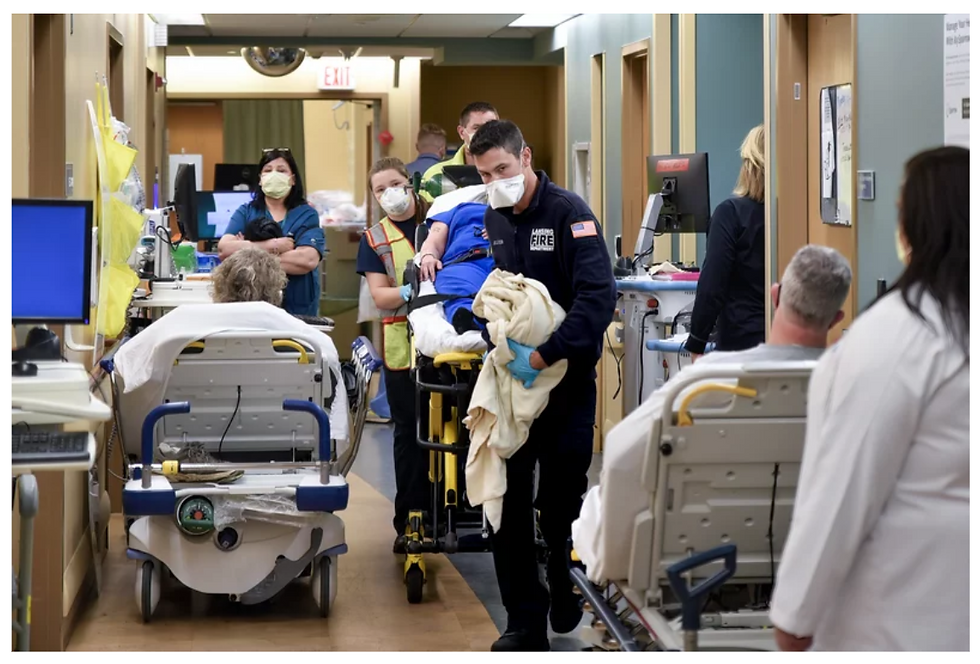Getting Wound Care Right from the Start
- katherinepiette
- Jul 14, 2021
- 2 min read

Let’s begin with the facts:
One-third of all home health patients have a wound.
PDGM acknowledges that wounds are high resource utilizers in staff and supplies by providing the wound clinical grouping with the highest reimbursement potential.
30-day episodes require rigorous episode management.
5-day No Pay RAP penalties necessitate an accelerated start of care.
The bottom line: Wound patients are an opportunity for home health agencies to optimize their revenue IF these patients are appropriately managed from the START.
Critical steps for wound patient STARTS:
Accurate Coding
Determining if the wound is the primary diagnosis for assignment to the wound clinical grouping.
PDGM primary wound diagnosis episodes have higher reimbursement rates in acknowledging the inclusion of supplies in the payment.
In 2020, 14.8% of all episodes were wound episodes, according to SHP¹.
How does your agency compare? Are there opportunities to improve coding accuracy? Is your agency turning down wound referrals?
Ensuring the wound’s etiology is appropriately identified.
Providing proper staging if the wound is a pressure injury.
Appropriate Care Plan Development
Driving the use of the evidence-based best practice.
Including appropriate wound supplies.
Establishing the nursing visit frequency.
In 2020, the average number of nursing visits per episode for primary wound diagnosis was 7.6, according to SHP¹.
How does your agency compare?
Daily dressing changes are not evidence-based best practice. Does your agency have processes in place for addressing these high nursing visit frequency orders?
Identification and use of a caregiver in the home for dressing changes and reduction in nursing visits. Do you have processes for identifying a caregiver and providing teach-back education for dressing changes?
Establishing the optimal, evidence-based, comprehensive, care plan including advanced wound dressings.
Episode Management
Driving optimal wound healing. The longer a wound stays open, the more likely it is to become a costly, complex, chronic wound.
Reducing the average wound patient length of stay.
In 2020, the average length of stay for patients with a primary wound diagnosis was 62.4 days, according to SHP¹.
How does your agency compare?
Ensuring medical necessity.
Access to a certified wound expert is key to effective wound management and ensuring your agency gets Wound Care Right from the Start. For more information on how Corstrata can support your Wound Program, contact us.
¹ Attaya, C., & Payne, S. (2021, June 22). Optimizing and Managing Wound Care Patient Outcomes under PDGM. Association for Home Care & Hospice of North Carolina.




Comments